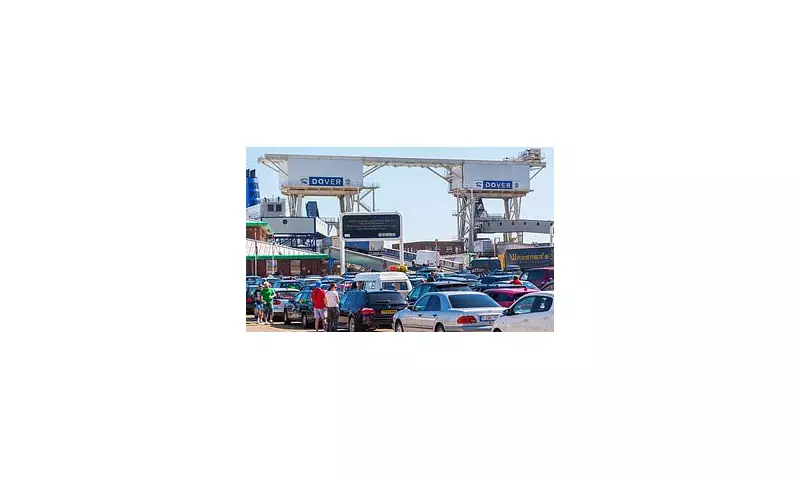
Major Delay for EU's New Digital Border System at Dover
The implementation of the European Union's new digital border system for car passengers at the Port of Dover has been officially postponed until early 2026, avoiding potential chaos during the busy Christmas travel period.
The European Entry/Exit System (EES), which was scheduled to launch on November 1st for private vehicle travellers, will now not be introduced until the beginning of 2026. This significant delay comes amid concerns about creating additional pressure during the already challenging end-of-year travel season.
What is the EU Entry/Exit System?
The EES represents a major shift in how border controls are managed for non-EU citizens entering the Schengen zone. This automated IT system registers the name, type of travel document, biometric data including fingerprints and facial images, along with the date and place of entry and exit for third-country nationals.
While the system has been operational for freight vehicles and coaches since October 13th, the expansion to include car passengers has now been pushed back. The system applies to all non-EU travellers, including British citizens following Brexit.
In an official statement, the Port of Dover explained their reasoning: "The Port of Dover is working closely with our French border agency partners to ensure a smooth introduction of the EU Entry/Exit System for tourist passengers in early 2026."
The port emphasised their "shared determination to take advantage of the opportunities offered by the gradual ramp-up period and not to cause any significant changes for passengers just before the busy end-of-year period."
Early Successes and Growing Concerns
Despite the delay for car passengers, the system has already shown promising results for other types of traffic. The port revealed that nearly 13,000 profiles have been successfully created since the partial implementation in October.
Remarkably, Dover accounts for more than 30% of all registrations made by French seaports since October 12th, exceeding initial targets and demonstrating what port authorities describe as "the success of our collective efforts thus far."
However, significant concerns remain about the potential impact of the new system. The requirement for biometric testing means travellers will need to leave their vehicles to have fingerprints and photographs taken, a process that could add hours to journey times.
Julia Lo Bue-Said, chief executive of Advantage Travel Partnership, previously highlighted the practical implications on Radio 4's Today programme: "That would have meant people driving to a designated area, leaving their cars and making their way to the Western docks to do the biometric tests."
Existing Challenges at Dover
The delay comes against a backdrop of existing congestion problems at the crucial crossing point. Councillor Kevin Mills provided stark warnings to the House of Lords Justice and Home Affairs Committee about the current situation.
He revealed that even without new systems, Dover frequently experiences 14-hour delays, with the town facing "a gridlock several times a year."
"In Dover, it is not just the A20; the whole town stops. Nothing moves," Councillor Mills explained. "I am not exaggerating. When you walk down the town - you have to walk, because you cannot get a bus or anything else - and see ambulances stuck in queues, you start to worry. The impact on Dover is particularly bad."
The Christmas period traditionally brings heavy traffic to the port, with last Boxing Day seeing delays of up to 90 minutes at border control. A port spokesperson at that time advised travellers to "allow extra time for your journey" and have passports ready.
With the new system now delayed until 2026, authorities have additional time to address these concerns and ensure a smoother implementation when the EES finally rolls out for all passenger types at Britain's busiest ferry port.





